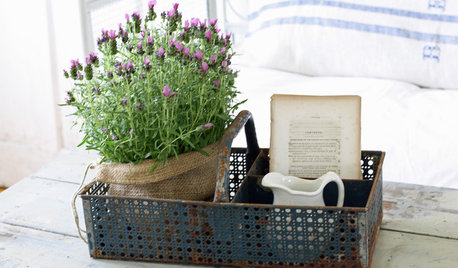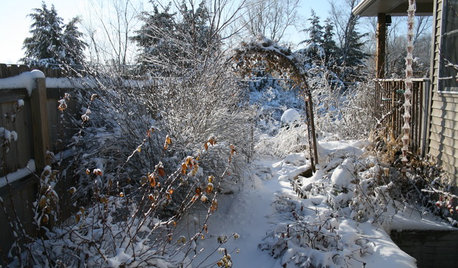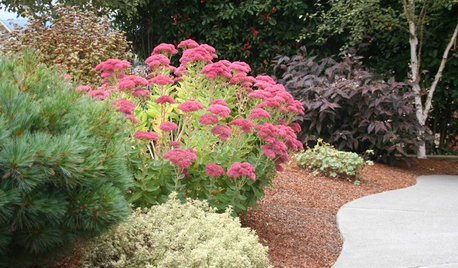How winter affects roses--dormancy etc.
michaelg
10 years ago
Related Stories

WINTER GARDENINGPruning Secrets for Exquisite Roses
Encourage gorgeous blooms year after year with this time-tested advice on how to prune your rosebush in winter for health and shape
Full Story
GARDENING GUIDESGarden Myths to Debunk as You Dig This Fall and Rest Over Winter
Termites hate wood mulch, don’t amend soil for trees, avoid gravel in planters — and more nuggets of garden wisdom
Full Story
HOUSEPLANTSHow to Force Amaryllis Bulbs Indoors
Enjoy vibrant red blossoms even as gardens turn snowy white, by teaching this hardy repeat performer to ignore the calendar
Full Story
HOUSEPLANTSOutsmart Winter — Make Houseplants of Your Garden Growers
No need to watch Jack Frost play Wreck the Rosemary. Bring your garden inside for the winter, using containers and these guidelines
Full Story
LIFE6 Ways to Beat the Winter Blahs
Snow and dark days dampening your spirits? These ideas will have you looking on the bright side
Full Story
GARDENING GUIDESGot Frost-Damaged Plants? How It Happens, and When and How to Prune
Crispy brown leaves are a sure sign that Jack Frost has been to your neighborhood
Full Story
HOUSEPLANTS8 Essentials for Healthy Indoor Plants
Houseplants add so much to our homes — and can thrive when grown in the right conditions. Keep these tips in mind
Full Story
MONTHLY HOME CHECKLISTSYour Fall Home Maintenance Checklist
Prep your house and yard for cold weather with this list of things to do in an hour or over a weekend
Full Story
GARDENING GUIDESNew Ways to Think About All That Mulch in the Garden
Before you go making a mountain out of a mulch hill, learn the facts about what your plants and soil really want
Full Story
GARDENING GUIDESPacific Northwest Gardener's August Checklist
Deadheading perennials, cutting raspberry canes and preparing for the onion harvest keeps Northwest gardeners busy in August
Full Story





andreark
wirosarian_z4b_WI
Related Discussions
How have you been affected by the recession?
Q
Has the price of gasoline affected how much you drive?
Q
How will a zoned system affect sizing of a system?
Q
Water meter sizing and how it affects WH tank output
Q
michaelgOriginal Author
andreark
michaelgOriginal Author
roseblush1
andreark
Poorbutroserich Susan Nashville
shellfleur
michaelgOriginal Author
seil zone 6b MI
User
shellfleur
michaelgOriginal Author
canadian_rose
andreark
User
michaelgOriginal Author
mad_gallica (z5 Eastern NY)
roseseek
mad_gallica (z5 Eastern NY)
shellfleur
andreark
michaelgOriginal Author
andreark
andreark
meredith_e Z7b, Piedmont of NC, 1000' elevation
michaelgOriginal Author
meredith_e Z7b, Piedmont of NC, 1000' elevation
roseseek
Phuong Bui APAC-Vietnam-Always hot, rain alot